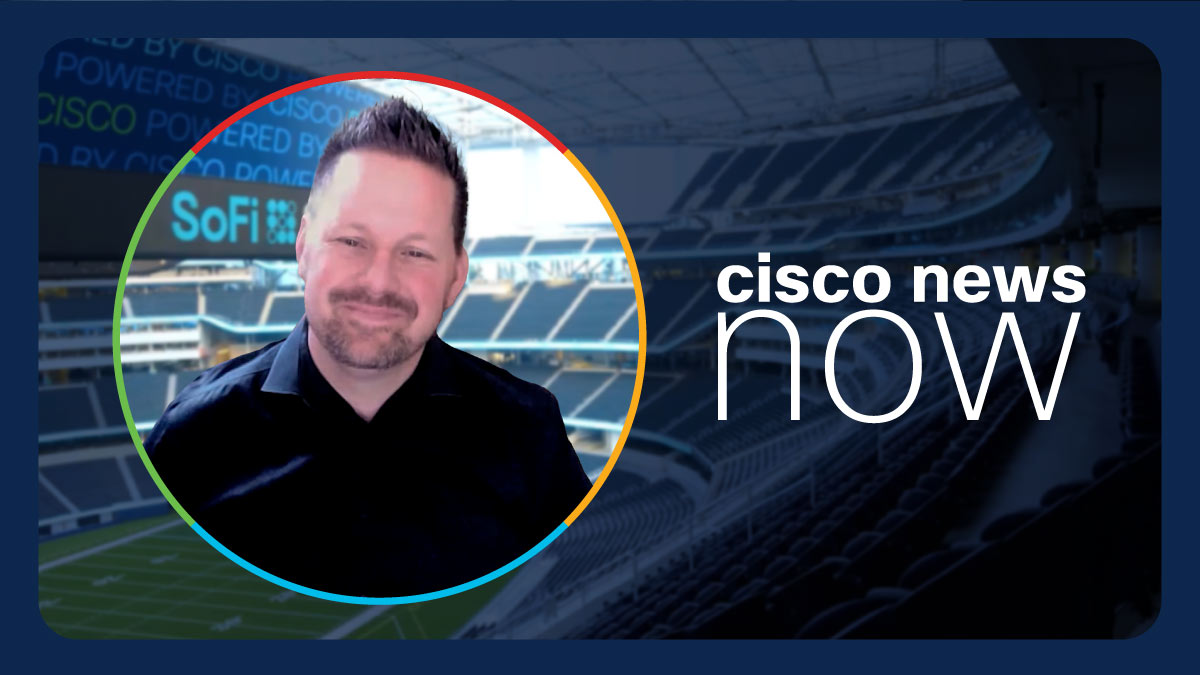Cisco® is known for developing some of the most sophisticated network technologies on the planet. But one of the big Cisco announcements for service providers at this year’s Mobile World Congress was a product that stood out for its simplicity.
The new capabilities within Cisco IoT Control Center are aimed at service providers looking to support basic internet of things (IoT) applications, such as logging parking meter transactions or monitoring water levels in fields.
Such applications go under the heading ‘mass IoT’ because they usually involve lots of sensors. The sensors are typically small, battery operated, and designed to sit out in the field for long periods of time after installation, relaying readings via cellular networks.
There are now more than 2 billion IoT devices using cellular networks around the world. But this vast market has traditionally been cost prohibitive for mobile network operators, because the amount of data each sensor transmits is typically very small—maybe a reading once a day or a week.
Such sparse communication requirements mean mass IoT devices are not great money spinners for service providers. Hence, an issue for the mobile industry is how to manage mass IoT networks as simply and cost-effectively as possible. That is where Cisco comes in.
Cisco IoT Control Center provides simple and secure connectivity across all licensed cellular networks, including 4G, 5G, and low-power WAN. It is offered on a software-as-a-service (SaaS) basis to keep cost and complexity down.
Cisco is perhaps an unlikely company to launch such a basic offering, given its pedigree in IoT. The precursor to Cisco IoT Control Center was Cisco Jasper Control Center, a system that won awards for supporting complex IoT operations in the automotive sector.
“We entered the business connecting cars,” explains Lisa Waddell, senior product marketing manager at Cisco. “There are all kinds of sensors and software nowadays in cars. The car companies primarily want to pull off the data so they can make sure the car is functioning.”
Unlike mass IoT, automotive sensors produce gigabytes of data per day. And each subscriber identity module (SIM) in a car’s IoT system can go through several complex operations throughout its lifespan. First, the SIM needs to pass tests in the manufacturing plant.
Then it needs to switch to a new rate plan for shipping, to avoid any roaming costs, only to be reactivated once it gets to the auto dealership.
Once it is active, it may need to provide multiple services—providing connectivity for in-car entertainment as well as just sending telemetry data, for instance.
“There’s complexity there around billing,” Waddell says. “How do you manage the rate that people are getting billed? How do you manage when you turn the service on and off? It’s super complex.”
These were the kinds of applications that Cisco Jasper Control Center was designed to handle. And it did so well, winning the Best Mobile Innovation for Automotive prize at the 2017 Global Mobile Awards, among other plaudits.
As a SaaS-delivered platform, Cisco IoT Control Center can retain all that functionality for high-end applications, while also now providing simplified functionality for the world of mass IoT.
But Cisco IoT Control Center’s simplicity hides powerful networking, automation, and data collection features for service providers. Foremost among these is the fact that it allows service providers to rationalize their DevOps resources.
Many service providers have been offering Cisco IoT Control Center for high-end applications and have created their own platforms to manage simpler deployments. They were required to devote resources to two different platforms.
Mass IoT may not make a lot of money per device, but if the management of the platform is carried out in-house then it still requires a certain amount of network management and development work.
With Cisco IoT Control Center’s expanded capabilities, service providers can leave product development to the network leader and put their DevOps teams onto higher-value projects. “We upgrade quickly, so customers get innovation,” says Waddell.
“You can trust Cisco will continue to deliver exactly what our customers need to tackle the emerging opportunities with IoT.”
###




